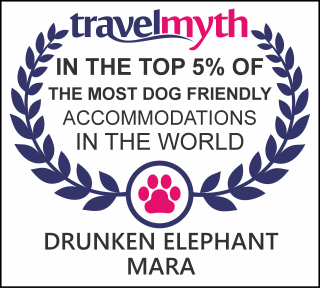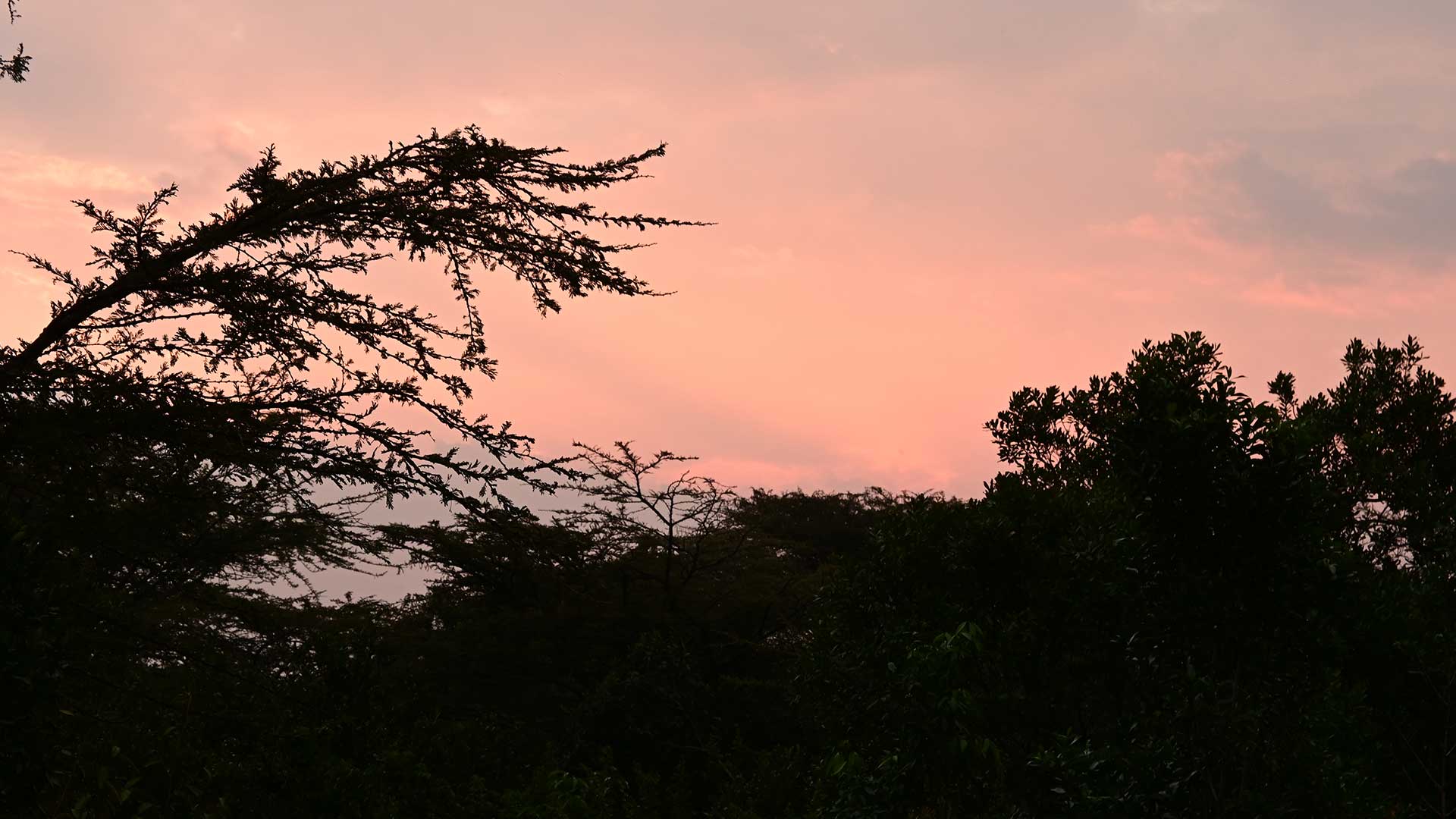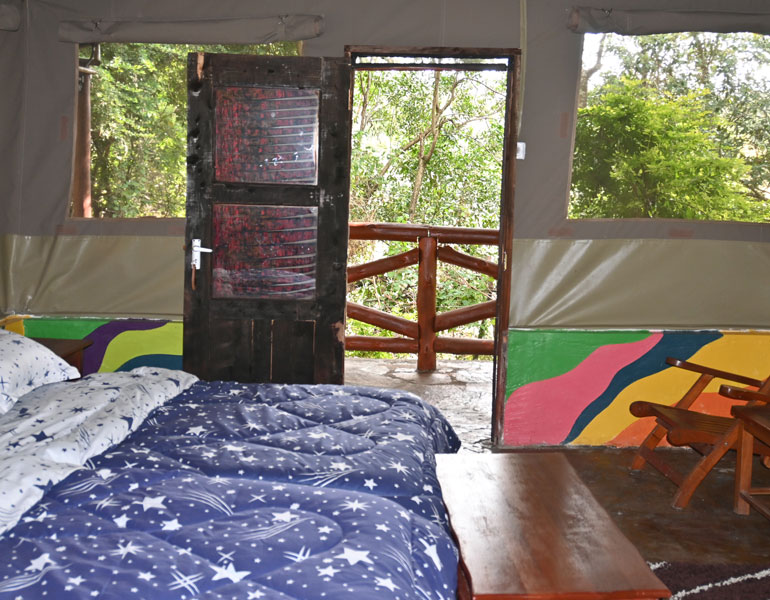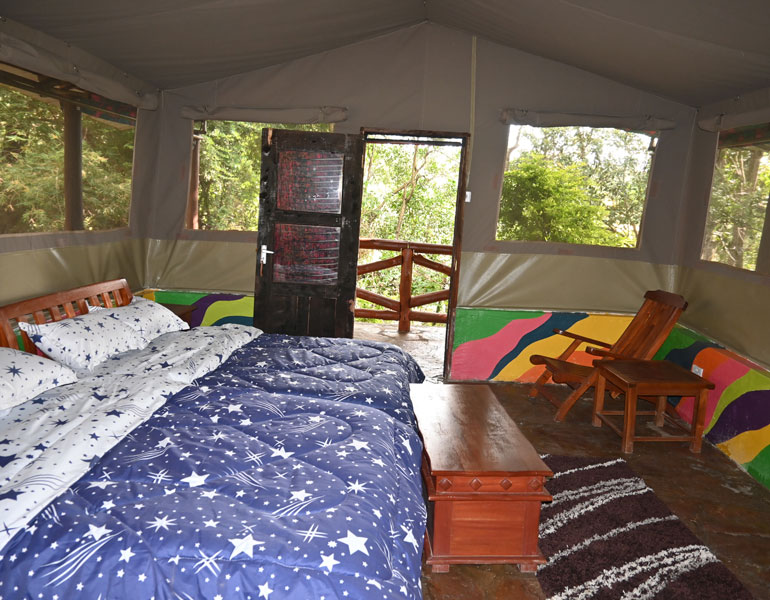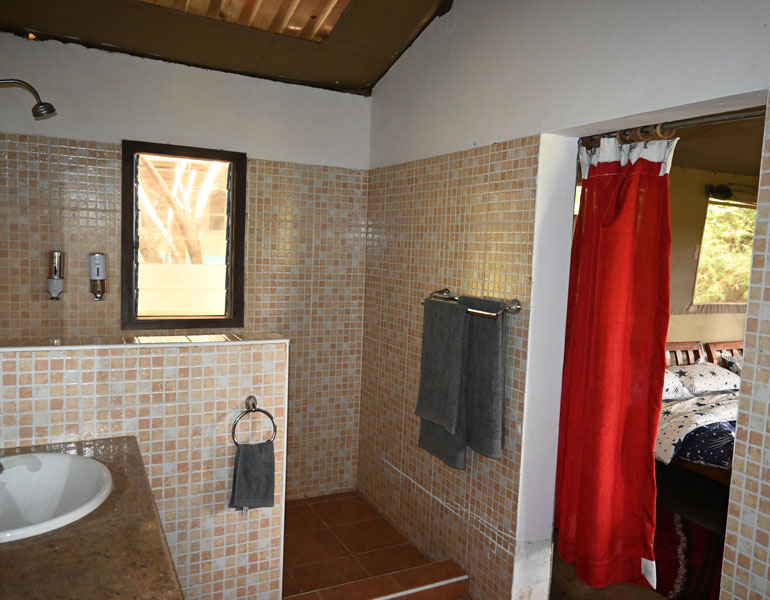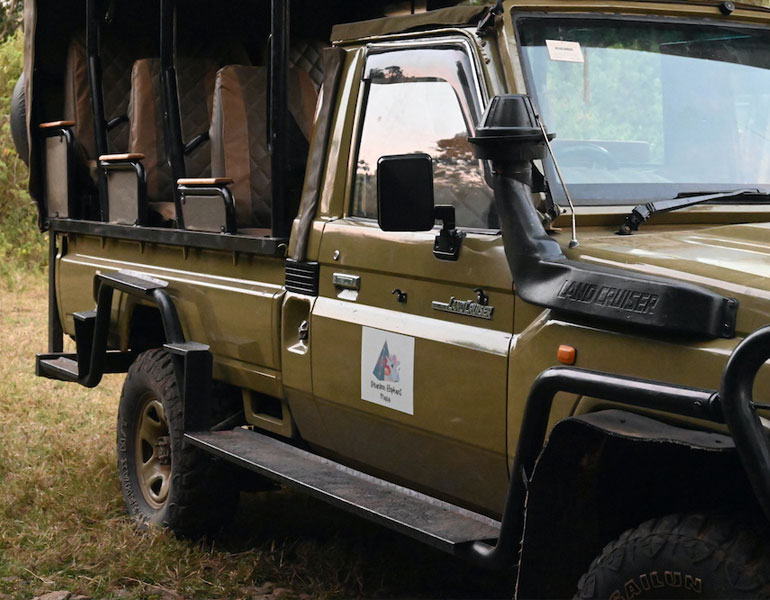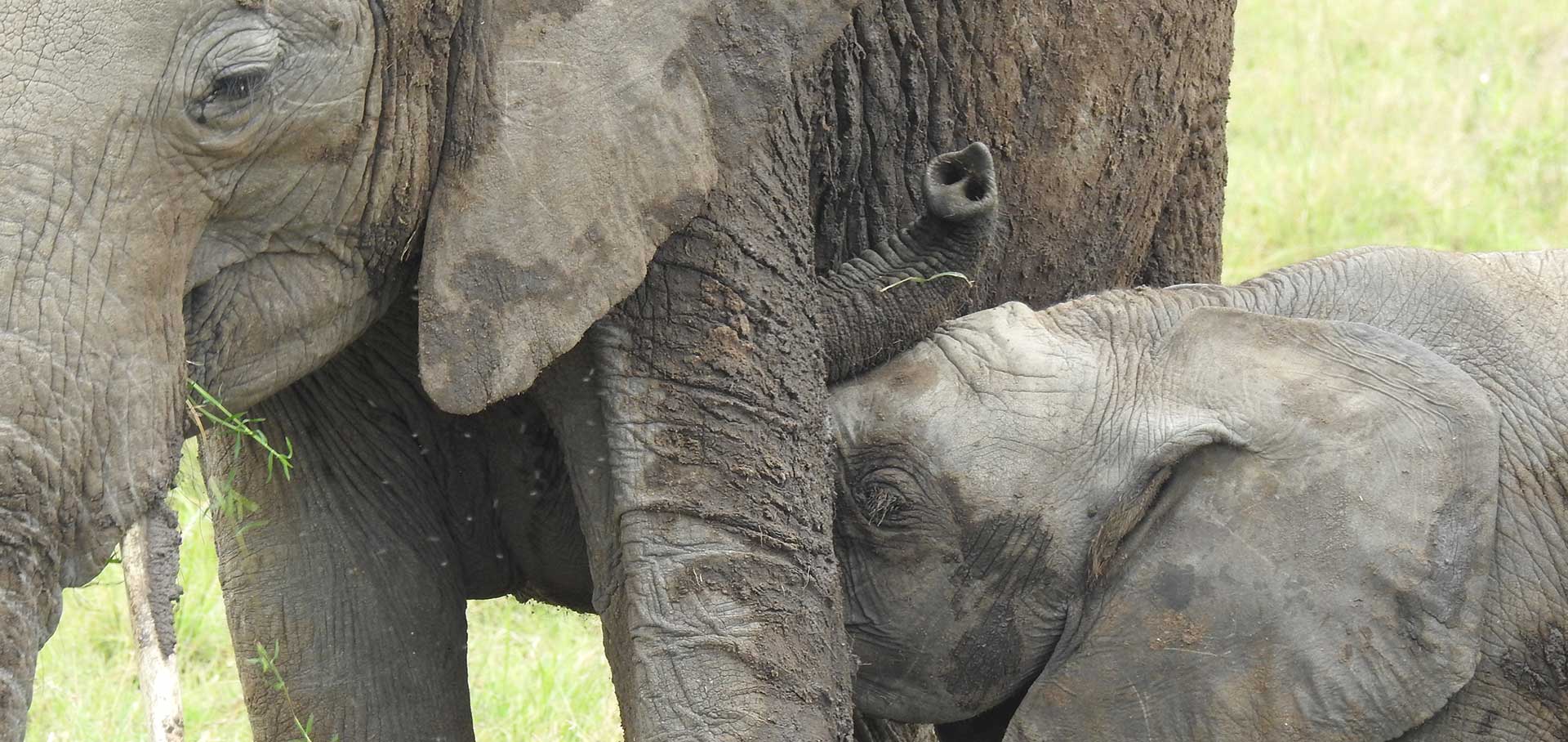Great Rift valley - Kenyan Beautiful Lakes
Exploring the Great Rift Valley Kenya is a magnificent adventure. It rests in the west of Kenya. This deep drift between 2 plates in the earth’s exterior runs from Mozambique in south-eastern Africa to Syria in Asia. Thousands of kilometers of the Great Rift lie in East Africa. Experiencing this remarkable geographical feature and its many attractions will be the highlight of any safari holiday.
Once you descend into this great valley, your adventure begins! You will see amazing lakes and volcanic formations plus a wide variety of game and birds. Kenya’s Great Rift Valley offers some of the most breathtaking natural scenery in a diverse mix of dramatic escarpments, indigenous forests, beautiful lakes, mountain highlands, and savannahs. These valleys, cliffs, and lakes have played a vital role in bringing together different species in a variety of environments, gaining fascinating insights into the progression of human evolution.
Much of the Great Rift Valley Kenya has been quite heavily settled. The wildlife here is not as prolific and species-diverse as it is further southwest in the Masai Mara or northeast in Laikipia or Samburu. It’s therefore preparing for a Rift Valley safari itinerary to be as much about landscapes and exploring Kenya’s cultural diversity.
Nevertheless, Rift Valley safaris offer excellent bird-watching and a string of interesting discoveries to be made by travelers. The valley holds some of the world’s finest mountains, plains, and lakes.
Starting from the remote north, there is lake Turkana. The lake is home to a great range of amazingly resilient life-forms and is the largest desert lake in the world. The lake supports Africa’s biggest population of Nile Crocodiles.
There are several lakes in the south – Baringo, Bagoria, Nakuru, the soda Elimentaita, and Naivasha – all unique and all supporting a staggeringly large proportion of Kenya’s wildlife.
The saline Bagoria contains more true geysers than any other area in the world. It is sometimes home to huge flocks of lesser flamingos.
Baringo supports a wide species of birds and is a crucial stop off for the migrant bird population. Nakuru, together with its number of flamingos, is the reason why its park is one of the most popular in Kenya.
You can see a diverse range of habitats surrounding lake Nakuru which is great for game viewing and exceptional birding. The lake is the centerpiece of the national park and is home to Lion, Leopard, Buffalo, Cheetah, Zebra, Black and White Rhino, and Rothschild Giraffe.Elementatita also attracts a large number of flamingos. The surface of the lake appears pink, and such is the propensity of flamingos.
Naivasha is also a freshwater lake and supports great and healthy populations of hippos. It is a beautiful freshwater lake and a superb birding destination. The lake is surrounded by forest, and the water is a natural magnet for wildlife. The place is a popular weekend getaway spot, and top activities include fishing, boating, rock climbing, and hiking.
If you are ready to visit the Great Rift Valley Kenya, get in touch with one of our safari experts to help tailor-make a safari that's right for you.

